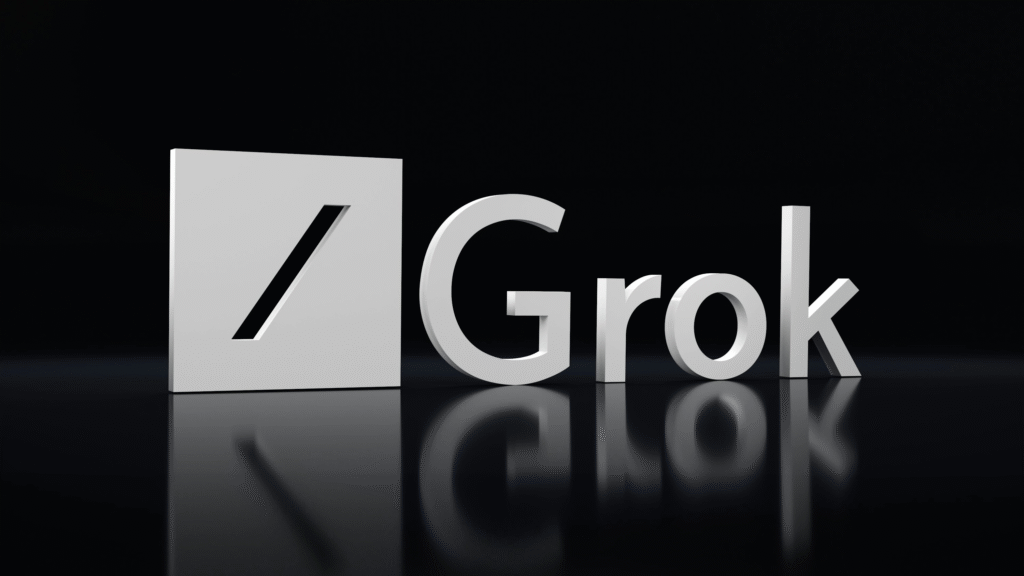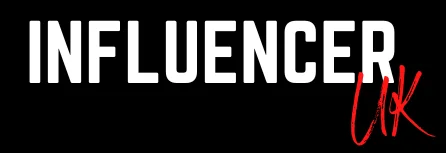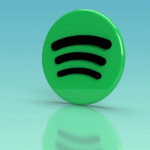“Knowledge grows stronger when it is shared.” This simple idea is now becoming a reality in the world of artificial intelligence, thanks to Elon Muskelon musk. His startup, called xAI, has decided to make one of its most powerful tools, the Grok 2.5 model, open for everyone. This means that the secret codes and systems that make the AI work will not be kept hidden behind closed doors. Instead, researchers, students, companies, and even curious individuals will be able to look inside, learn from it, and maybe even build on it. Musk also revealed that an even more advanced version, Grok 3, will be open-sourced in about six months.
This step is a very big deal in the fast-growing race of artificial intelligence. For months, tech giants like OpenAI, Google, and Meta have been competing with each other to create the smartest AI models. Many of these models are powerful but remain locked away. They are used by people, but no one outside the companies can truly see how they work or change them. Musk is now trying to break that wall by opening the doors to his own creations.
In a post on his platform X, Musk wrote that “xAI has open-sourced Grok 2.5 and will open-source Grok 3 in about six months.” These words may sound simple, but the impact behind them is huge. They mean that one of the most influential people in technology is betting on openness, not secrecy, to shape the future of AI.
But why is this important? Imagine if only a few companies in the world were allowed to make books, and no one else could write or read freely. Knowledge would stay trapped, and only a handful of people would control what others know. That is similar to what some fear about AI today. If only a few large corporations control the smartest AI, they will also control how it is used and who gets to benefit. By sharing Grok 2.5 openly, Musk is trying to make sure that more people get access to these powerful tools.

Of course, this step also comes with debates. Some people argue that open-sourcing advanced AI models could be risky. If the codes are freely available, anyone—including people with bad intentions—might use them in harmful ways. Others believe that the good side is stronger than the risks, because openness invites many people to find mistakes, improve the system, and use it for creativity and problem solving. Musk himself has often said that AI must be developed carefully, but also in a way that does not concentrate power in the hands of just a few.
To understand this better, let us think about what Grok actually is. Grok is not just a single AI robot. It is a large language model, which means it can read and write text, answer questions, and have conversations almost like a human. It is built to handle large amounts of information and give meaningful answers. Grok 2.5 is an improved version of earlier models, with better skills in reasoning and understanding. Musk believes that the next version, Grok 3, will be even more advanced and ready to take on harder tasks.
The word “Grok” itself comes from a science fiction novel, where it meant “to deeply understand.” Musk and his team chose the name to show that their AI is not just about spitting out answers but about truly grasping ideas. By making Grok open source, Musk is giving others a chance to see how this “understanding machine” works from the inside.
This move also shows how Musk’s approach to AI is different from some of his rivals. For example, OpenAI—ironically a company Musk helped to create years ago—has kept its most powerful models, like GPT-4, closed. They are shared only through paid access. Meta, on the other hand, has made some of its AI models open but not always the most powerful versions. Musk’s decision to fully open Grok 2.5 places him closer to the idea that knowledge should not be hidden away.
There is also another interesting point. Musk has often warned about the dangers of artificial intelligence, saying that if left unchecked, it could become harmful to humanity. So why would someone so cautious about AI decide to share it with everyone? The answer may lie in trust and balance. Musk seems to believe that if many eyes are watching and many hands are working together, AI will be less dangerous than if it is controlled secretly by a few. In other words, openness can be a kind of safety measure.
Think about it like this: if only one person builds a huge, powerful machine and hides it in a locked room, we may not know what it can do until it is too late. But if many people are allowed to see it, test it, and suggest changes, the chances of stopping problems early become higher. This is the philosophy behind Musk’s latest step.
For everyday people, the open-sourcing of Grok 2.5 could mean new opportunities. Students learning coding or AI can now study real advanced models without needing to pay millions of dollars. Small startups may get to use these tools to build new apps and services. Teachers, researchers, and developers can all benefit from the chance to work with something that was once available only to the world’s richest tech firms.
At the same time, governments and organizations will have to keep an eye on how this openness is used. There will always be concerns about misuse, but the hope is that the larger community of responsible developers will keep things in check.
This story also gives us a glimpse of what the future may look like. If Grok 3 becomes open source in six months as Musk promised, it might push other companies to follow the same path. No one wants to be seen as the company hiding knowledge while others are sharing. This competition may actually lead to a world where AI is more open, more democratic, and more useful for society as a whole.
As Musk once again makes headlines, the world is left with questions: Will open-sourcing truly make AI safer? Will it speed up new discoveries and ideas? Or will it open doors to new dangers? The answers are not clear yet, but one thing is certain—this step will not be ignored.
In the end, the story of Grok is about more than just machines. It is about how humans choose to share knowledge, how we balance power with responsibility, and how we imagine our future with technology. Musk has thrown open the doors with Grok 2.5, and the world is now watching to see who will walk in and what they will build next.
“xAI has open-sourced Grok 2.5 and will open-source Grok 3 in about six months.” With these words, Musk has set a tone for the future. The journey of artificial intelligence is no longer just about who can build the biggest model, but also about who is willing to share it with the world.


